Love it or loathe it, change is constant. We look into career advancing paths at UTS Open for built environment professionals keen to stay ahead of the curve.

Image courtesy of Steensen Varming | Emrah Baki Ulas | Architectural lighting project
“There is strong evidence of three shifts occurring in the way our careers evolve: one is that new technology is offering industry new, and sometimes radical, avenues of productivity; another is that the workforce today is changing career pathways more often than their parents did; and the third is that we are becoming more and more time poor,” says Professor Martin Bryant. “How, then, can industry learn new technologies without downing tools? How do we successfully find time to re-educate ourselves?”
Bryant heads up the postgraduate offering at University of Technology Sydney (UTS) these days, but in practice he qualifies as a landscape architect. So, if you’re a professional of the built environment with an interest in career-advancing advice, his is a brain well worth picking.
As far as academic institutions go, UTS deserves all the credit it gets for being a cut above the rest. Not only for its impressive (and growing) fleet of architecturally significant campus buildings; but also for its agile and pioneering approach to pedagogy and course development. Right now, a key focus for Bryant is altering the premise that we go to university when we leave school and then don’t go back.
“That has to change if we want to stay competitive,” says Bryant. “We need to learn more and be agile about the way we learn.” Thankfully, he’s not an academic who likes to dwell on challenges. Instead, he and the team at UTS have focused on delivering the solutions.
UTS Open is the university’s solution for realising lifelong learning. Featuring an array of bite-sized postgraduate courses designed with industry and aimed at experienced professionals, UTS Open serves to equip today’s industry pros with the skills, tools and techniques to meet tomorrow’s challenges. In keeping with the institution’s reputation for pioneering pedagogical approach, ‘microcredentials’ are a new unit-by-unit way to build qualifications. Completion may even be counted towards broader degrees such as Graduate Certificate and Masters, making them a great way to test your appetite for postgraduate study.
“Short courses and microcredentials provide the opportunity to learn new skills that help people and industry keep up with and instigate change productively,” explains Bryant.
For architects, designers and other built environment professionals specifically, UTS Open boasts a suite of 17 on-trend, industry collaborated and career-advancing courses and microcredentials to give you the competitive edge at work and in life. Bryant describes them as “CPD on steroids”, and indeed, they fit the bill.
The following 11 credentials currently available through UTS Open are prime examples of how this unique offering can advance your career to the cutting edge.

Image courtesy of Steensen Varming | Emrah Baki Ulas | Architectural lighting project
$1,250* | On-campus | 3 weeks
Explore the art and science of lighting as an essential part of architecture with this uniquely hands-on course. You will learn the fundamental principles and gain an understanding of project applications of current lighting design within the built environment, preparing you to work in a niche, in-demand and growing global sector.

$1,500* | On-campus | 16 days
This microcredential investigates the use of adaptive robotic fabrication, a design and making approach that seeks to increase the number and nature of feedback loops between materials and structure.

$1,500* | On-campus | 16 days
Delve deep into the world of multi-criteria and complex design problem-solving and explore the parametric approaches that drive environmentally and structurally sound architectural solutions. The course will be hands-on, using a design exercise for an architectural canopy to explore the methods and systems that drive multi-criteria design approaches.

$1,500* | On-campus | 16 days
The future of our cities is becoming more and more complex as we build more data and as the potential impacts of climate change become more tangible. Advanced digital tools are showing the potential to design for this complexity and for change. This hands-on course will provide an explanation of these tools for professionals working with the ever-increasing demands of urbanism.
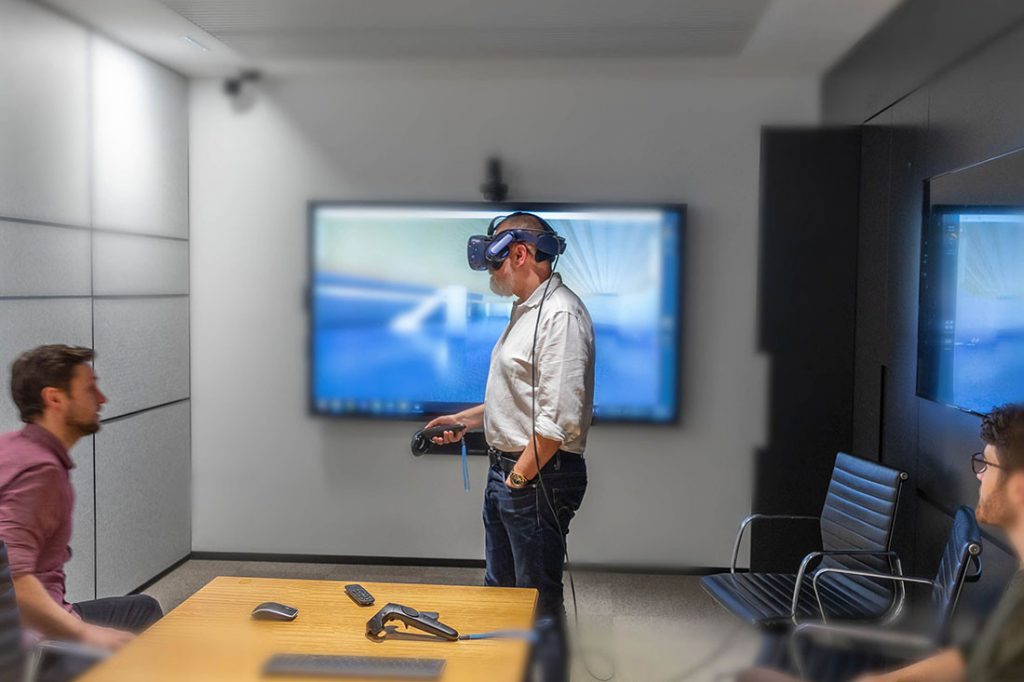
Image courtesy of Cox Architecture
$1,500* | On-campus | 16 days
Learn how to view, present, and interact with your architectural designs in Virtual Reality (VR) via contemporary visualisation software Unreal Engine and the HTC Vive head-mounted display. This course follows on from the Real-time Visualisation for Architectural Design microcredential.
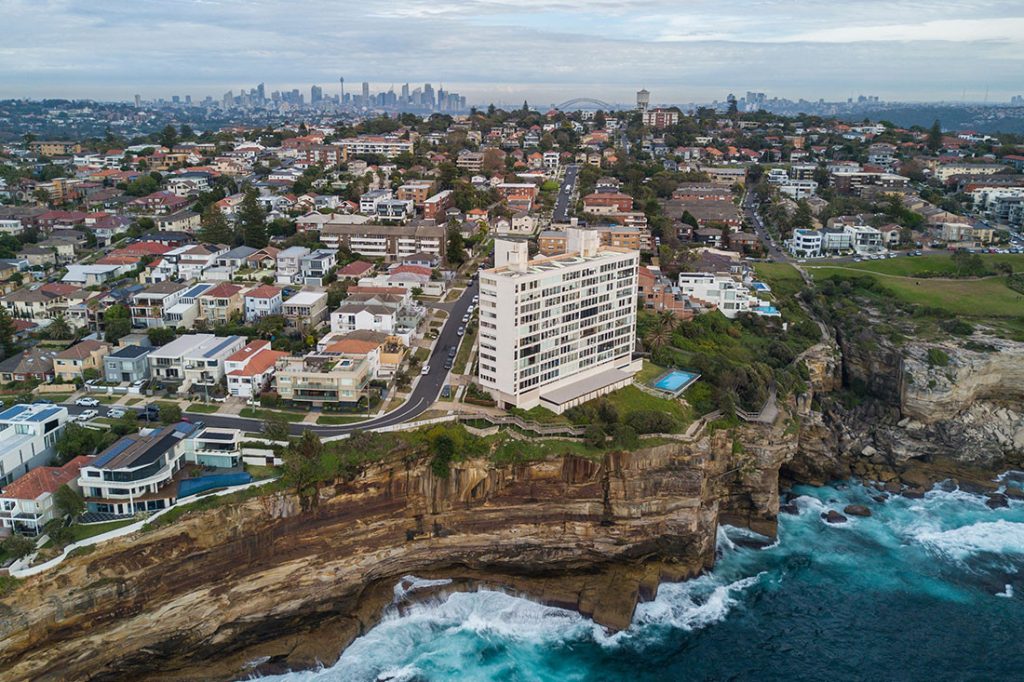
$1,250* | On-campus | 16 days
Consumer-level, Unmanned Aerial Vehicles (UAVs, or ‘drones’) are now ubiquitous in society and the construction industry, but within Australia, their potential remains largely untapped. This course will provide a practical demonstration of how small, consumer-level UAVs can be integrated into various aspects of architectural and landscape architecture office practice.

$1,500* | On-campus | 16 days
This practical, design-office-oriented course will prepare you to work with a range of GIS-based NSW Government data sources that can support your architectural, engineering and construction projects.

Image courtesy of Cox Architecture
$1,500* | On-campus | 16 days
Explore and represent architectural and spatial design from both cinematic and human perspectives via contemporary visualisation software, Unreal Engine.
$1,500* | On-campus | 16 days
This microcredential investigates the use of 3D printing to structurally reinforce architectural elements in which the applications of digital modelling, structural analysis and robotic fabrication are utilised for the exploration of complex geometries.

$1,500* | On-campus | 16 days
Imaging software and video, when combined with urban metadata, has the potential to deliver ground-breaking technical innovations for urban design. Created for urban planners, designers, architects, and landscape architects, this interdisciplinary microcredential shows participants how to combine new technologies to make sense of qualitative urban data and apply it in design.
$2,040 | Online | 5 weeks
This microcredential will enable you to evaluate the capabilities of your own or a client’s organisation to deliver data science initiatives. You’ll learn to set up structures and processes to govern and manage these programs to deliver their intended benefits.
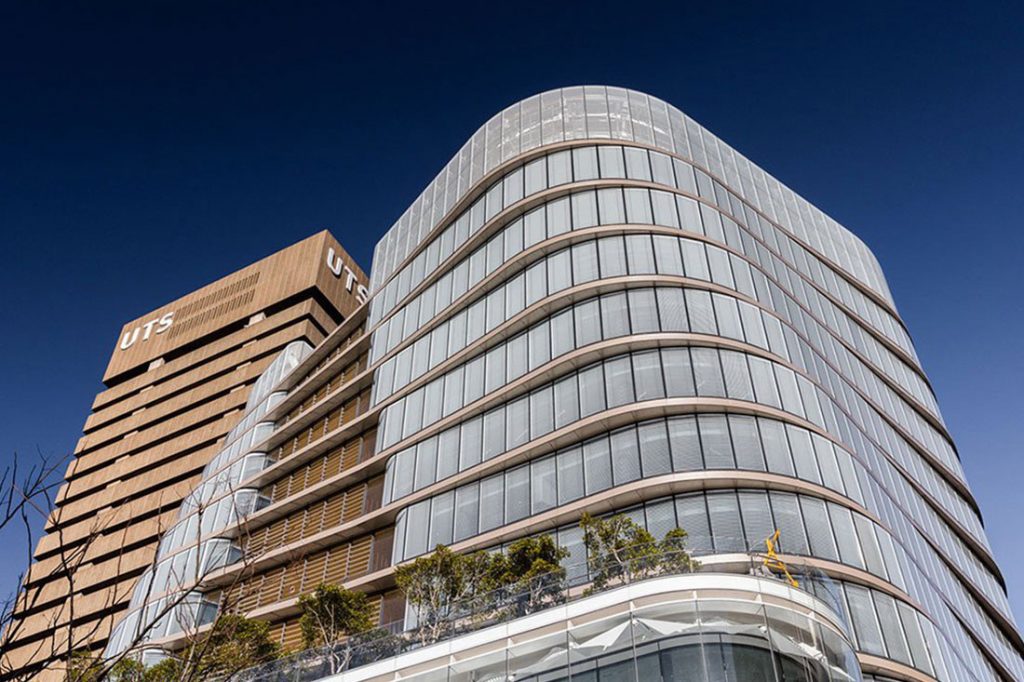
The architecture offering at UTS Open continues to evolve, adapting in response to the ever-changing demands of contemporary and future industry trends, with pertinent program additions on the horizon. “Our industry partners are telling us that carbon emissions and circular economies are very important aspects for their business. We are developing a suite of courses led by in-house and industry experts to satisfy that need,” says Bryant.
In the meantime, you can browse the full range of short courses and microcredentials currently available through UTS Open for architects and built environment professionals at open.uts.edu.au.
* Prices listed are reduced rates currently offered as part of an initiative encouraging professional development during COVID-19. Please check price at time of purchase as they are subject to change.
INDESIGN is on instagram
Follow @indesignlive
A searchable and comprehensive guide for specifying leading products and their suppliers
Keep up to date with the latest and greatest from our industry BFF's!
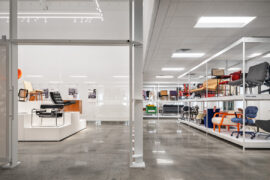
The undeniable thread connecting Herman Miller and Knoll’s design legacies across the decades now finds its profound physical embodiment at MillerKnoll’s new Design Yard Archives.
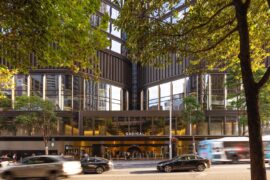
Rising above the new Sydney Metro Gadigal Station on Pitt Street, Investa’s Parkline Place is redefining the office property aesthetic.
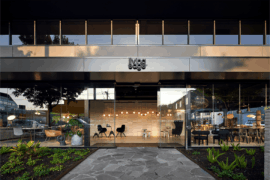
For Aidan Mawhinney, the secret ingredient to Living Edge’s success “comes down to people, product and place.” As the brand celebrates a significant 25-year milestone, it’s that commitment to authentic, sustainable design – and the people behind it all – that continues to anchor its legacy.

CPD Live returns for its final live-presented season of 2025, bringing architects, designers, and specifiers a free opportunity to earn CPD points before the year ends. Kicking off at 9 AM AEDT, This Tuesday 14th October.

Join CPD Live from 14-16 October for three days of live, interactive education – 100% online, 100% free, and packed with insights to keep your knowledge current and earn CPD points.
The internet never sleeps! Here's the stuff you might have missed
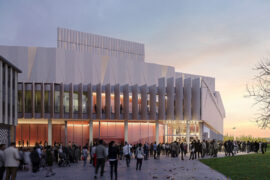
COX Architecture and Yerrabingin reveal the design for Canberra Lyric Theatre — a world-class, inclusive venue for the nation’s capital.

In contemporary interiors, ensuring a sense of comfort and wellbeing means designing and specifying finishes and products that support all the senses.